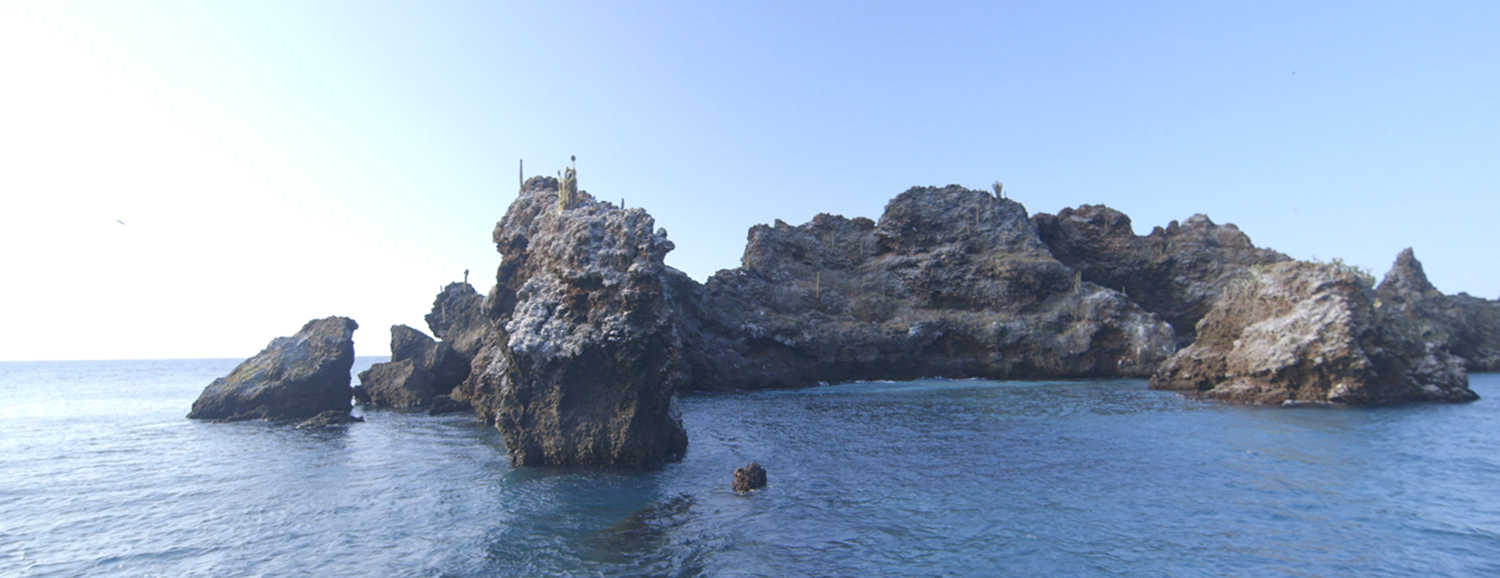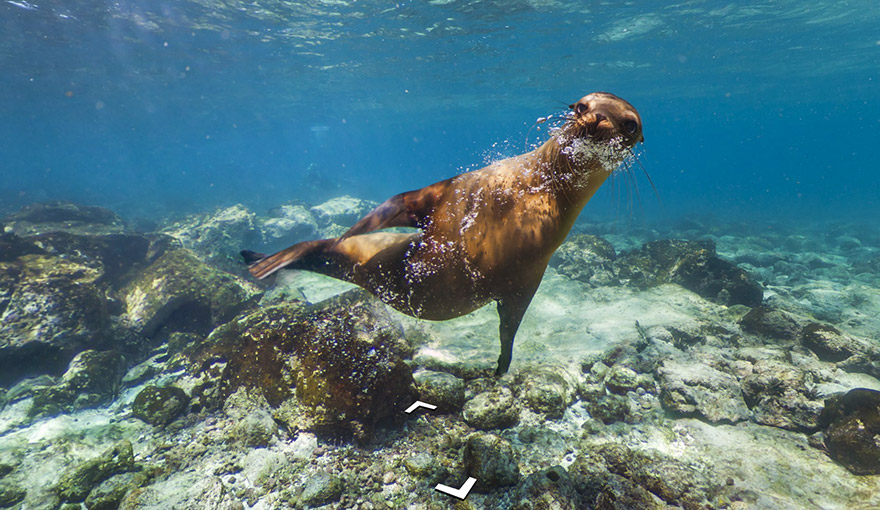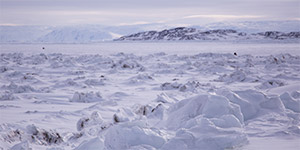Galápagos sea lion
Zalophus wollebaekiGalápagos sea lion
Zalophus wollebaeki
IUCN Red List status: Endangered
Based on IUCN Red List of Threatened Species Learn more
Their loud bark, playful nature and graceful agility in water make them the "welcoming party" of the islands. Galápagos sea lions can be found on each of the different islands of the Galápagos archipelago.








